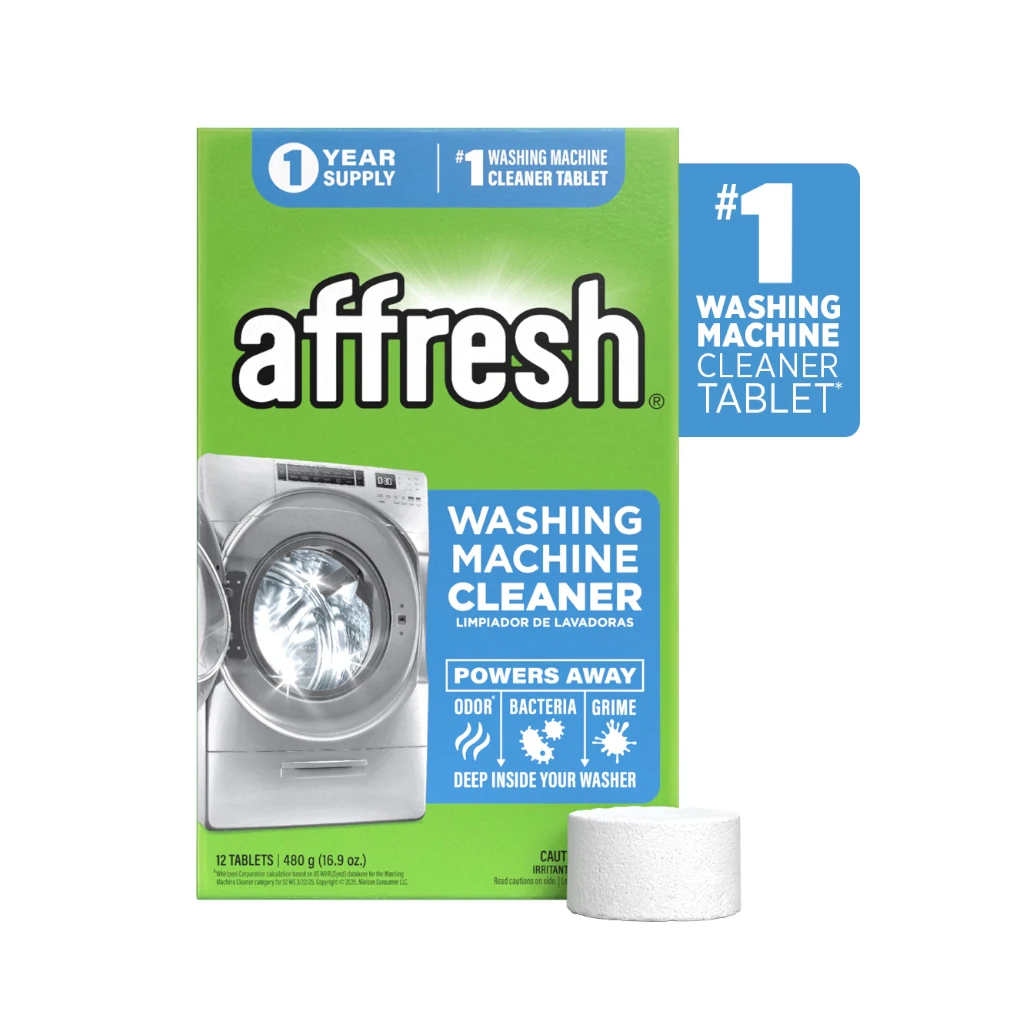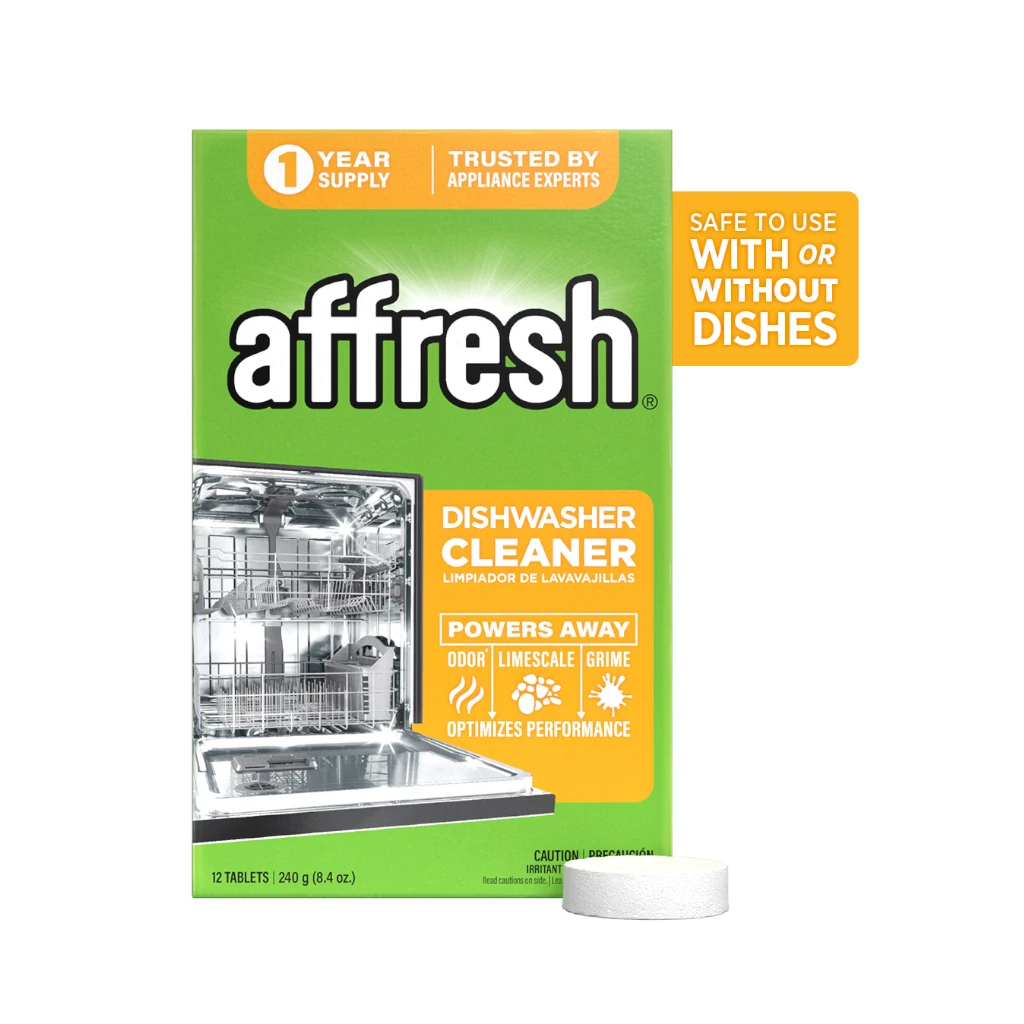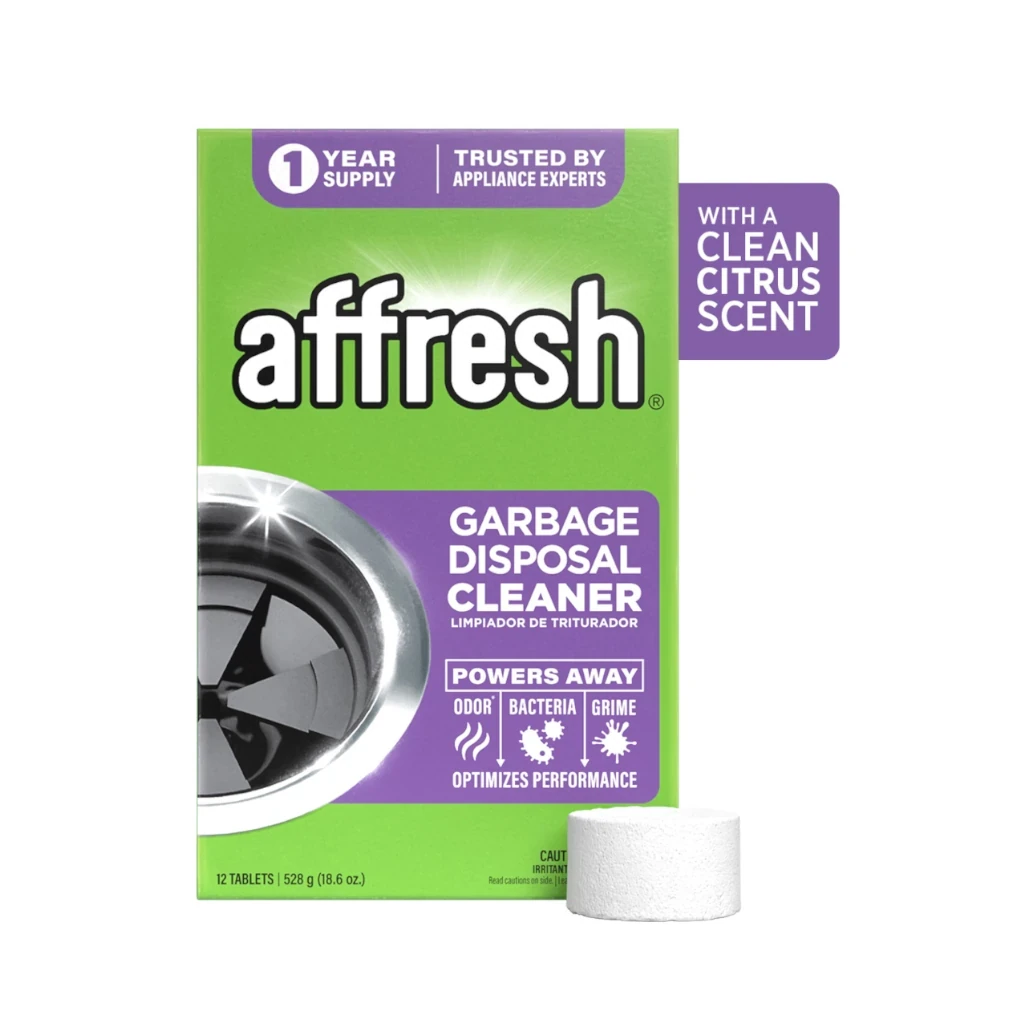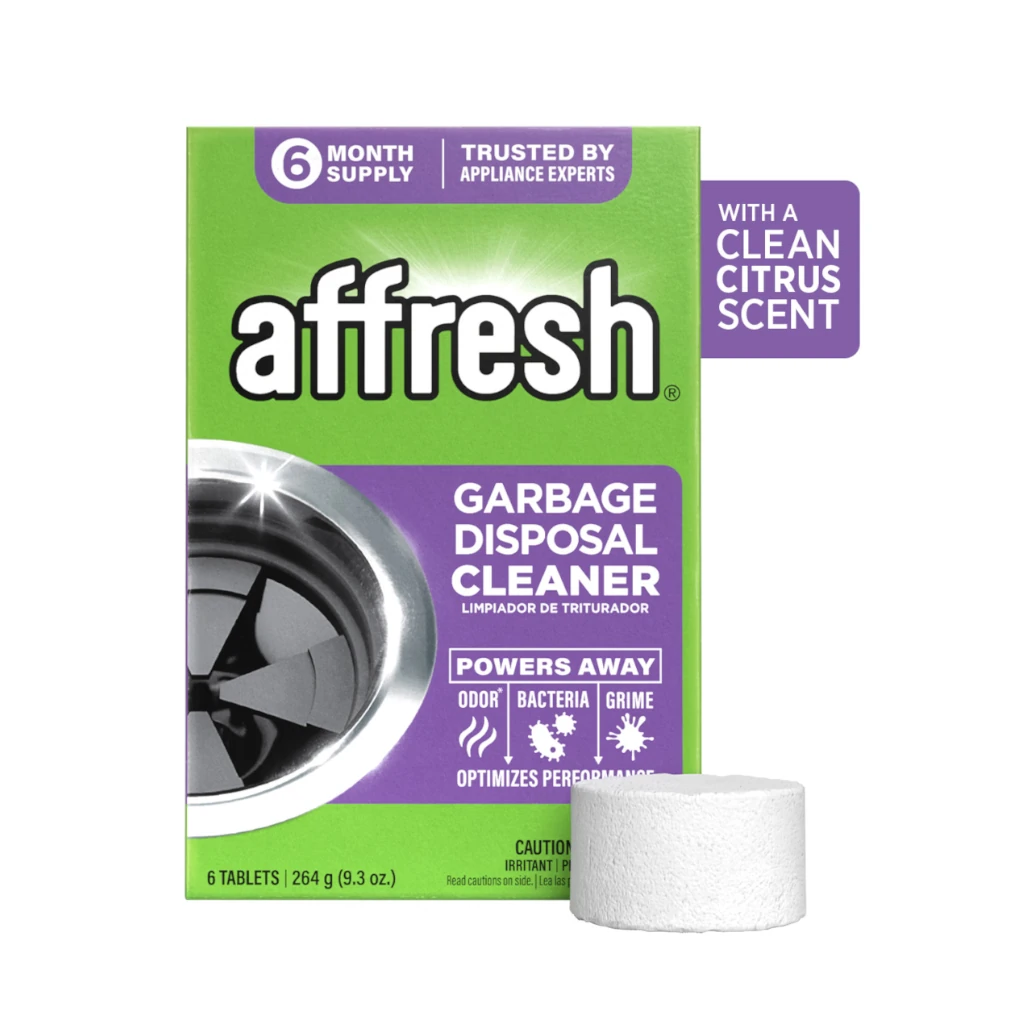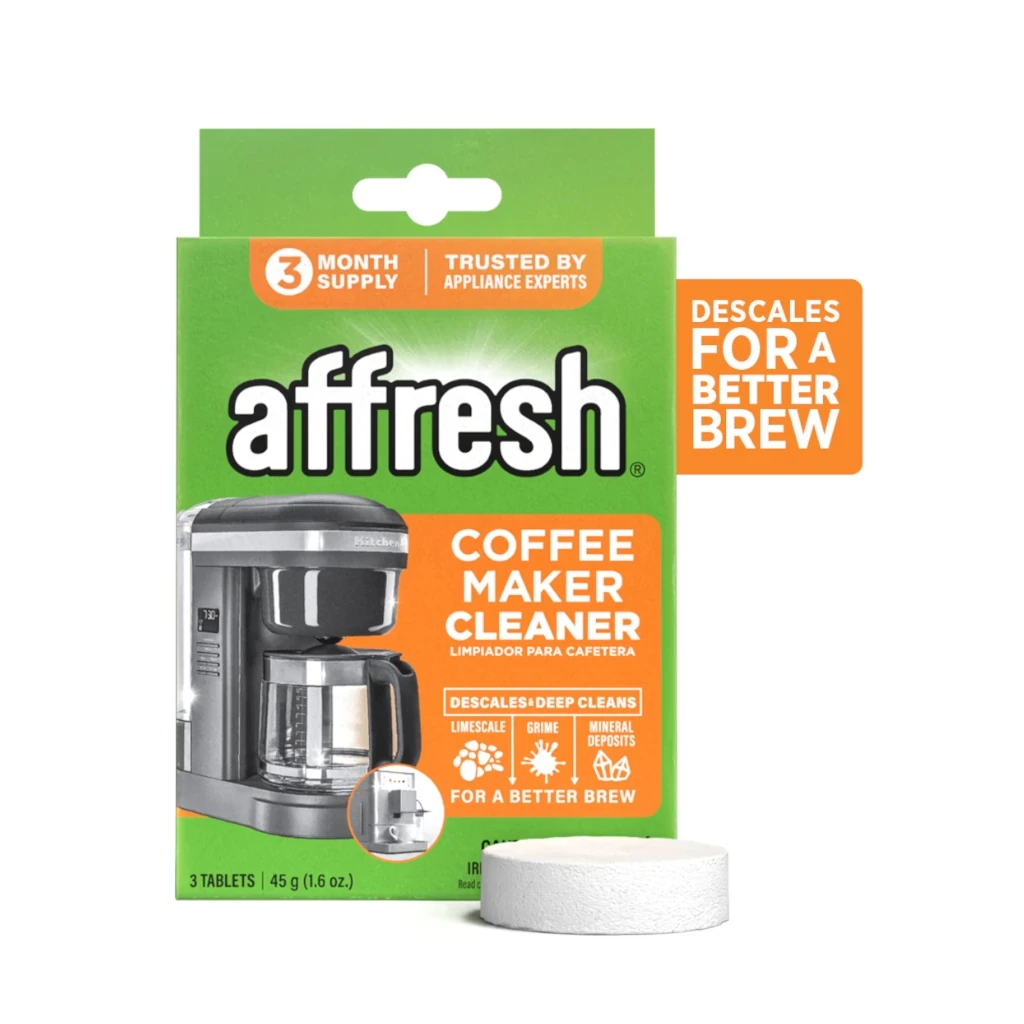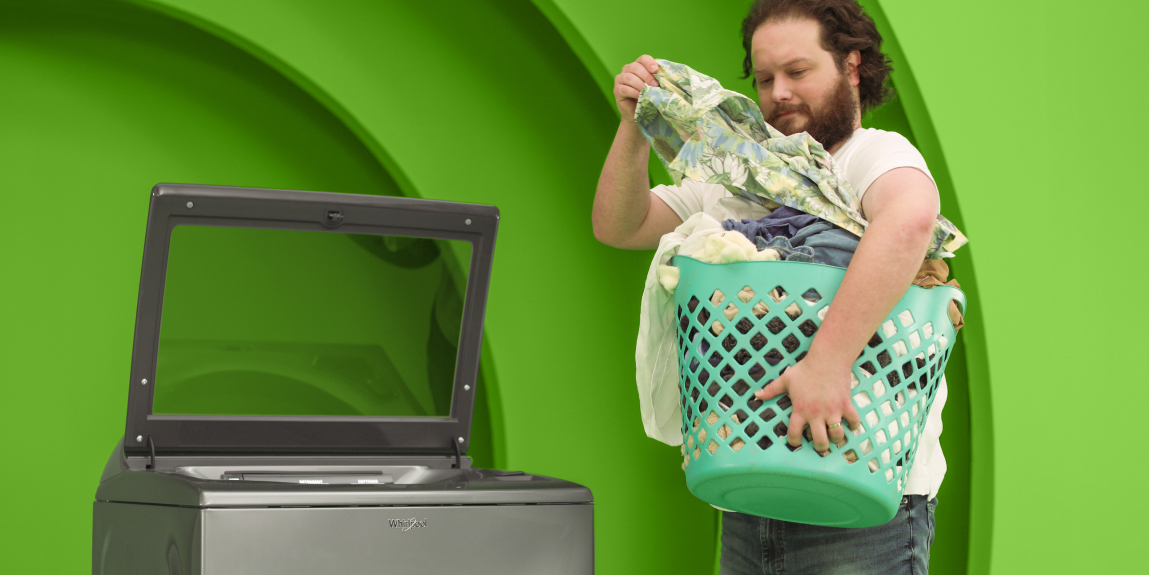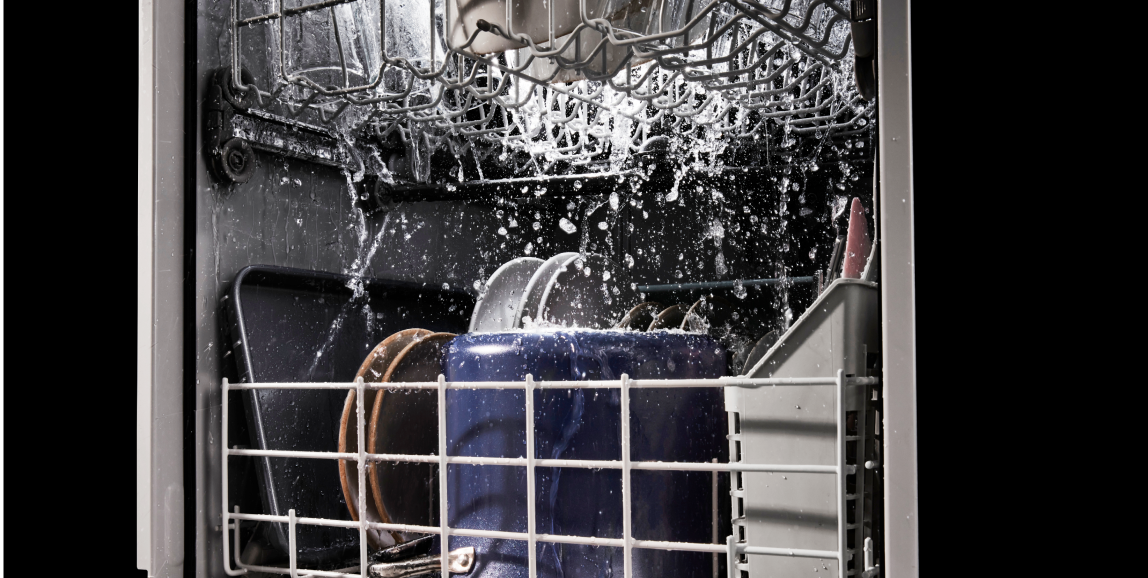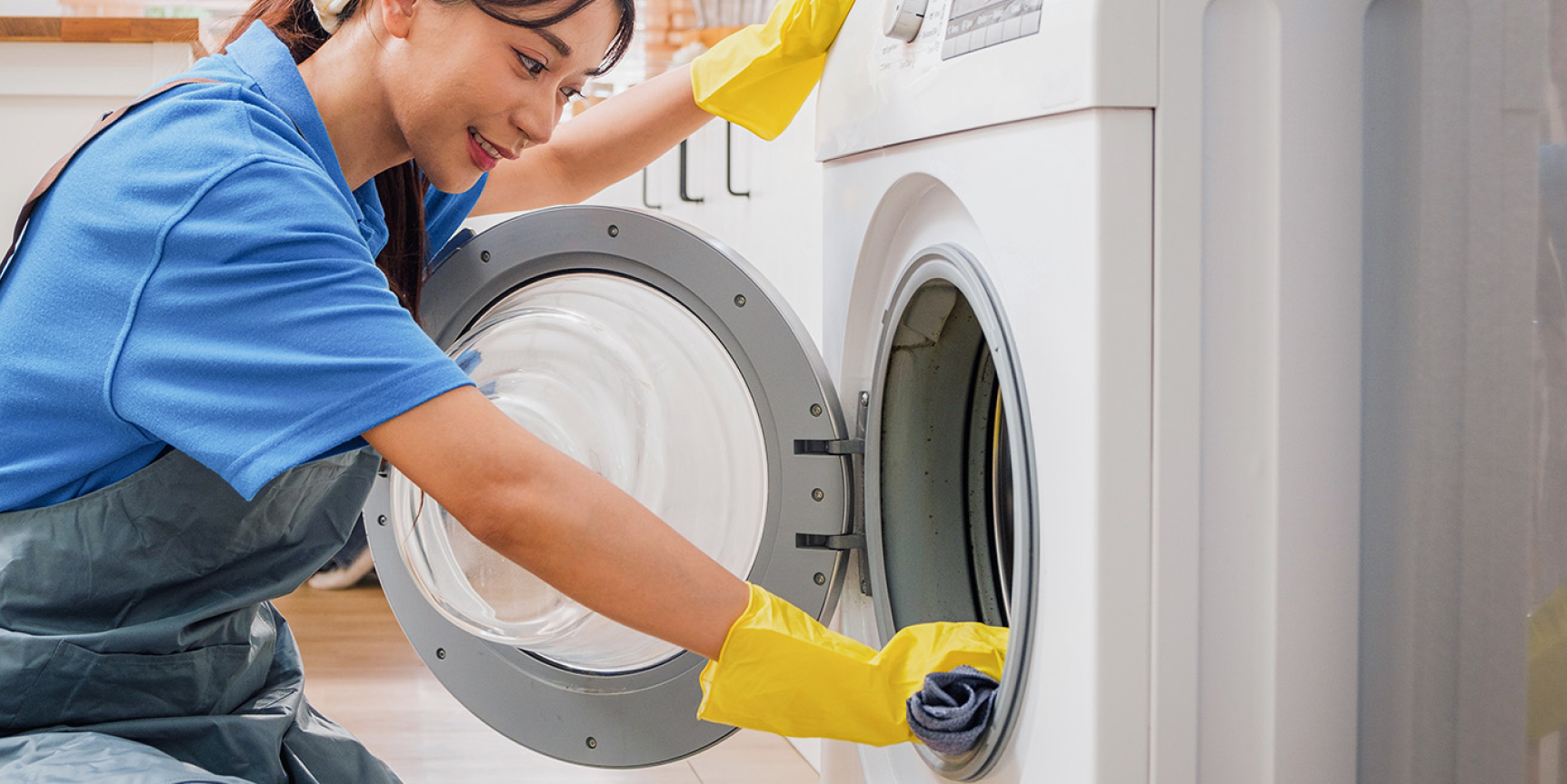
How to Clean Mold in Washers and Other Appliances
Your washing machine is probably one of the most frequently used appliances in your home. From washing your favorite clothes to helping remove stains, your washer plays a crucial role in your weekly routine. While washers do a great job of keeping your items clean, they also need to be cleaned regularly for optimized performance.
Warm temperatures, moisture and detergent residue buildup can lead to mold growth over time in your washer. Luckily, cleaning mold in your appliance can be simple if you follow a few steps and maintain a clean washing machine on a regular basis.
- How Does Mold Form in a Washing Machine?
- How To Remove Mold From a Washing Machine
- Tips for Removing Mold From Other Appliances
How Does Mold Form in a Washing Machine?
Mold forms when small airborne particles called mold spores encounter the right conditions for growth. Environments that contain moisture, warm temperatures and organic materials are the most prone to mold growth.
Washing machines are often an ideal environment for mold growth as they can sometimes harbor residual water and detergent buildup in the drum, seal and detergent trays after a wash cycle. This moisture and buildup combined with the warm temperatures of the appliance can result in mold growth. Keeping the washer door closed between uses can trap moisture inside and not allow it to properly evaporate which can also result in mold growth.

How To Remove Mold From a Washing Machine
When removing mold from a washing machine, whether it’s a top load or front load model, it’s important to thoroughly clean both the hidden and visible areas of the appliance where mold can grow. Mold growth can occur in places such as the drum, the rubber gasket in front load machines and any other location on the appliance where moisture accumulates.
Follow these steps to efficiently clean and remove mold from your washing machine.
Supplies:
- Bleach
- Warm water
Tools:
- Scrub brush
- Protective gloves
- Microfiber cloth
1. Empty Out the Washing Machine
Before you begin cleaning your washer, ensure that it is completely empty. If clothes are left in the washer while cleaning they can accidentally become bleached and damaged. Make sure all detergent and fabric softener dispensers are emptied out as well.
2. Choose a Washer Setting for Cleaning
Select a warm or hot water temperature and a normal wash cycle that is suitable for a large load of laundry. Selecting a cycle for a larger load of laundry will allow for an ample amount of water to flow through the washer during the cleaning process.

3. Add Bleach and Begin the Wash Cycle
Add liquid chlorine bleach to the washer drum or bleach dispenser, start your washer and allow it to run a full cycle. Running a normal wash cycle combined with the hot water and chlorine bleach will help remove any mold that is located within the drainage lines.
4. Scrub the Washer Door
Use a soft microfiber cloth to dry around the washer’s door and other gaskets after the normal wash cycle is complete. When cleaning a front load washing machine, gently peel back the flexible part of the door gasket to clean the inside. This is a common area for the washer to accumulate buildup, grime and dirt which can result in mold growth.
To clean this area, wear protective gloves and dip a clean cloth into a 10% bleach solution. Scrub the door until all the mold is removed. Once the mold is gone, dry the area completely with a soft, clean cloth.
5. Clean the Detergent Dispensers
Depending on the make and model of your washer, you may or may not have removable detergent dispensers. Consult your appliance’s owner’s manual to confirm which type of dispensers you have before attempting to clean.
If your detergent dispensers can be removed, take them out and place them in a sink or bucket full of hot water and soak for 10 to 15 minutes. Allowing the dispensers to soak can lift and loosen any buildup, grime or mold that has accumulated. Rinse the dispensers thoroughly after soaking to remove any loose residue or buildup.
Wearing protective gloves, use a microfiber cloth or scrub brush that’s been dipped in a 10% bleach solution to deep clean the detergent drawers and the drawer’s opening location on the washer.
After you’ve cleaned both the dispenser drawers and their opening, return all components to their proper location and run a short wash cycle in an empty washer to thoroughly clean out the appliance.


6. Clean the Lint Trap
Most washing machine models have a lint trap or filter that needs to be cleaned on a regular basis. This compartment can accumulate buildup, which can lead to mold growth over time. Consult your washer’s manual to determine where the lint trap is located and how to remove it.
Remove the lint trap and clean away buildup or mold with a cloth dipped in a bleach and water solution. Thoroughly rinse the lint filter and allow it to fully air dry after cleaning before placing it back into the washer.
Using affresh® washing machine cleaner on a regular basis can help keep your washing machine clean and free of odor-causing residues and grime that can lead to mold growth over time.
Tips for Removing Mold From Other Appliances
With regular cleaning and care, you can help keep all of your appliances free from unwanted odor-causing buildup. Maintaining a regular cleaning schedule can also help improve the condition and overall longevity of your appliances.
Below are some different tips and techniques for removing mold from some of your most frequently used household appliances.

How Do You Get Rid of Mold in a Dishwasher?
Use a mixture or warm water and soap to clean mold from your dishwasher. Remove dishwasher racks, rotor and drain strainer if possible and soak them in a sink. Use a scrub brush dipped in soapy water to clean the interior of the dishwasher.
Make sure to thoroughly scrub all of the rubber and plastic parts of the dishwasher as these can be common places for mold growth. Use the soap and water mixture to also scrub the seal around the dishwasher door, folding it back while scrubbing for a thorough cleaning.
After you’ve finished scrubbing away any mold in the dishwasher, use an affresh® dishwasher cleaner tablet to remove any lingering limescale or buildup. A single tablet cleans your entire dishwasher including your machine’s tub, racks, pump and valve, drain and recirculation hoses. Using affresh® dishwasher cleaner monthly can help prevent excessive residue and buildup from accumulating.

How Do You Get Rid of Mold in a Coffee Maker?
Use a cleaning solution of equal parts vinegar and water to remove mold from your coffee maker through the descaling process. If your coffee maker has a water tank, fill the tank with the cleaning mixture and let the machine brew until it is half full. Rinse out any remaining residue after the brewing is complete.
If you are cleaning a single-serve coffee maker, pour the vinegar and water cleaning mixture into the water reservoir and then brew a single cup as you normally would. Make sure to remove any coffee pods before cleaning. Wait about 20 to 30 minutes after cleaning and then run clean water through the machine to flush out any remaining residue.
If you want to deep clean your coffee maker without the odor of vinegar, affresh® coffee maker cleaning tablets work to descale your coffee maker by fighting hard water deposits and mineral buildup that’s accumulated in your appliance. These tablets are also compatible with both multi-cup and single-serve coffee makers. Discover more tips and techniques for maintaining clean appliances.

How Do You Get Rid of Mold in an Ice Maker?
Make sure the ice bin is empty before you begin cleaning. Use a funnel to add 3 cups of vinegar to the water line located inside your ice maker and then turn on the appliance to allow the vinegar to thoroughly run through. Place a cup underneath your ice maker to catch any vinegar and water that drains out during the cleaning process.
If needed, you can then use a scrub brush to scrub the dispenser and inside of the ice maker to remove any stubborn remaining residue.
For a deeper clean, you can use affresh® ice machine cleaner to clean most types of freestanding and ice machine makes and models. These tablets are specially designed to remove stubborn hard water and mineral buildup and ensure your appliance is clean so you can enjoy great tasting ice.
Explore All affresh® Appliance Cleaners
Whether you’re cleaning your washing machine, dishwasher, coffee maker or ice machine, affresh® appliance care has you covered. Explore the full line of affresh® cleaners to help keep your appliances clean and running efficiently.
All affresh® products are designed to deliver simple and effective solutions to cleaning appliances, especially deep inside where odor-causing residue can hide and over time impact appliance performance. Try affresh® appliance care today for a carefree, confident appliance clean.
